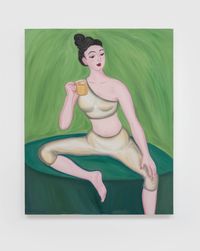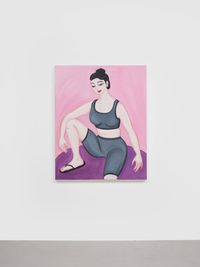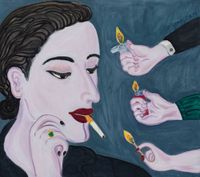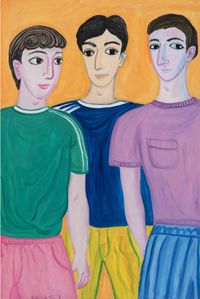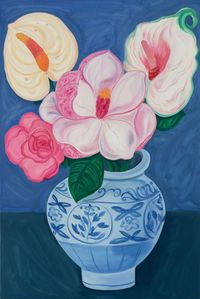Julia Long (b.1984, Chong Qing, China), currently living in New York and Beijing. Graduated with a master degree in University of Georgia, majored in America history. Since 2010, Julia has contributed articles and interviews about American history, culture, art, and food for popular Chinese magazines, including Esquire China, One Way Reading, Oriental Historical Review, and Weissen, Yueshi Epicure, Sanlian Lifeweek, Life Magazine, GQ China, Tmagazine China, etc. Meanwhile she created illustrations for Modern Weekly, Life Magazine China, Sanlian Lifeweek, Tmagazine China, Bloomberg Businessweek, National Geography Traveller, The Art News Paper China, Grazia, One Way Reading, Economic Observer, etc. Exhibitions including: Solo exhibition in UNdefine Shanghai, 2014; Solo exhibition One eighth of the narratives in Tabula Rasa Gallery, 2017; Solo exhibition Meanwhile in Tabula Rasa Gallery, 2019. Julia Long currently hosts two podcasts, Pop dispatch and Culture potato. She is also a member of Society of Illustrators of New York.
